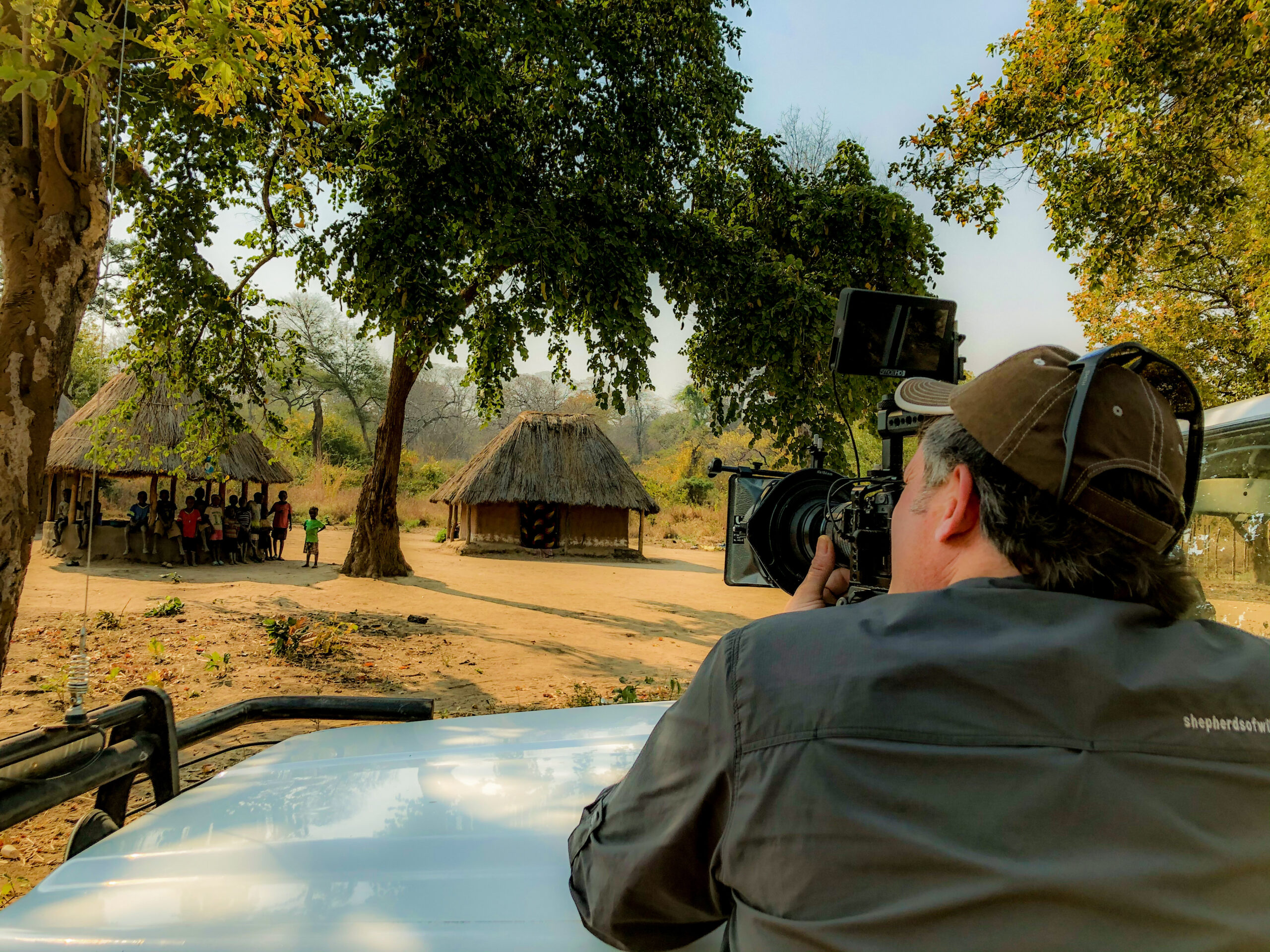(IMAGE: Shepherds of Wildlife)
Shepherds of Wildlife. 2021. Documentary. 73 minutes.
RATING: 0.5 out of 4
The official synopsis for Killing the Shepherd hints at a bold tale of a female tribal chief in Africa battling poachers. “Dark forces including South African land speculators, criminal poaching gangs, and her own people conspire against the chief. Even elements of the modern world work against the chief’s wishes,” it concludes. “Will the chief and her community see success?”
I’d like to see that movie. But Killing the Shepherd isn’t it. The movie I watched was basically an infomercial for the great good safari hunting can do for a community. And with a bit of digging, it soon becomes clear why.
The movie is a production of the Shepherds of Wildlife society, an organization created to “produce world-class educational materials utilizing dynamic video and still photography, plus mainstream documentary films showcasing the real world of wildlife around us.” It aims to support “wise-use principles of active conservation, sustainable utilization and hunting.”
That may be burying the lede just a touch. Founder, and Killing the Shepherd writer-director T.A. Opre is very specifically a hunting advocate. The former host of NBC Sports’ Eye of the Hunter and a Hunting Life video blog, not to mention his own accounts of his shooting adventures, has enough of a track record to suggest he has a solution in search of a problem. So when virtually the entire thrust of his documentary is the way in which a generous safari hunting company moved in to a poor African village full of drunkenness, child marriage, and barren fields, and single-handedly saved it with sustainable hunting, well…one charitable way to read it is that he’s an expert on the subject.
Another possibility comes up when Makasa Safaris operator Roland Norton suggests, on camera, what anti-hunting groups might say, and successfully swats aside these objections by perfect strawmen. Sustainable hunting may indeed be the solution, and that’s a debate perhaps a different documentary can have. But when Tom Opre’s the filmmaker, the solution feels as preordained as a Dinesh D’Souza movie about why Donald Trump is the greatest president ever.
It seems weird to say, but Opre might benefit more from the more blatantly partisan documentary style. As narrator, he has a slick, polished, movie trailer sort of voice, that stands in marked contrast to the interviews he solicits from others. Occasionally he appears on camera, but only to narrate further. In an alternate reality, inserting himself as a character in the movie, acknowledging his past as a TV and video hunting host, and striving to learn as much as possible as we watch could make for a compelling tale in itself. Instead, as a seemingly detached voice on high, he leaves room to wonder if he’s truly giving us the full overview.
That chief the synopsis talks about? There’s no need to be too spoilery here, but she’s hardly the protagonist. If anyone is, it’s Norton, who talks about his desire to be buried out in the Luano Valley as a way of gaining local cred. Presumably this will happen decades after he’s made a profit bringing multiple tourists in to shoot animals there.
Snares left by poachers are found by the safari and villagers, and turned into bracelets, which the Shepherds of Wildlife sell online for around $50 apiece. The implication being that snare hunting is especially cruel. But when the solution to hunting for profit by bad people seems to be hunting for profit by good people, nit-picking the methods feels like a diversion. Surely the real debate is whether alternate methods of conservation are possible. Opre correctly identifies many of the problems – poachers, poisonings, poverty, misogyny, alcoholism – but uncritically embraces one solution.
He may be right. But watching what he’s made, and given his track record, I’m left to wonder.
###

